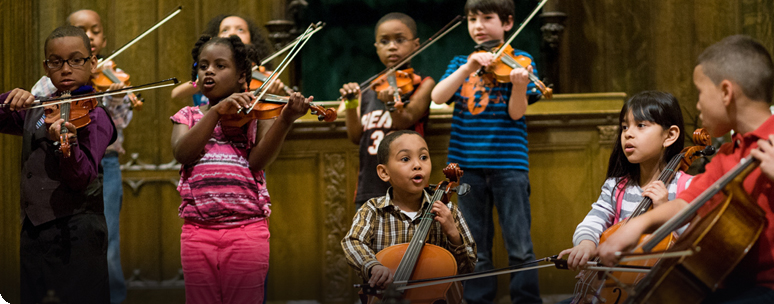Ars Subtilior #7: More Than QuietAt the next Ars Subtilior concert on Sunday, October 2nd, the MusicWorks Collective will be joining forces with Ordinary Affects, a group led by violinist/composer Morgan Evans-Weiler that explores, workshops, and commissions contemporary experimental music. Together we will present the works of Michael Pisaro, Morgan Evans-Weiler and Joseph Kurdika. The concert will feature premiers of new compositions by Pisaro and Evans-Weiler. Michael Pisaro is a member of the Wandelweiser collective, an international community of composers who explore slow, quiet, intimate music of a minimal nature. In early September, I was extremely delighted to to find out that New Yorker Magazine featured an article( “The Composers of Quiet” by Alex Ross)about the category of experimental music that has been presented on CMW’s Ars Subtilior series since its inaugural concert in 2012. In the article, Ross elegantly describes the scores of the Wandelweiser composer collective as “hovering in a space between sound and silence.” All of the composers featured on the next Ars Subtilior concert are connected to the Wandelweiser movement in one way or another. Michael Pisaro is a long-time member of the collective, Joseph Kudirka studied with Pisaro; Boston-based Morgan Evans-Weiler will be studying with Antoine Beuger, one of the founders of the collective, next month during a trip to Germany. Although many of the characteristics of a “typical” Wandelweiser piece (slow, quiet, intimate) will be practiced during the concert, listeners will also be treated to delicately complex layers of unique timbres and sonic densities. This will partially be achieved by the expanded and unusual instrumentation of the concert—there will be ensemble members performing on amplified objects and sine tones—but also through the use of extended techniques on traditional instruments. Pisaro describes the range of sounds in his piece from “pure tone” to “pitch-focused noise” or “degrees of more or less white noise.” In other words, you’ll see two cellos, but you ain’t gonna hear two cellos. How does one compose density or timbre? How does a composer translate these ideas to musicians and in turn, how do the musicians interpret these ideas correctly? It is highly conceptual music, but it is meant to sound organic and natural, the way water evaporates into air. The music is not only supposed to create atmosphere, but sound like it. The works by Kurdika and Evans-Weiler also consider equally complex ideas. Kudirka’s score does not use traditional musical notation; there are only written directions, such as: “Each sound that a player makes should be conditioned by physical properties of the player/instrument.” And Morgan Evans-Weiler notes “Since the possibilities of variation are so vast, players should consider all manners of sound creation on their instrument. Playing a clear ‘normal’ pitch should be one in a thousand possibilities that a performer may choose.” I hope you can join us in our explorations of these new and uncharted sonic landscapes. –-Laura Cetilia, Resident Musician We hope you can join us to hear Ordinary Affects and MusicWorks Collective perform: Sunday, October 2nd, 2016 There will also be a performance in Somerville, MA |
